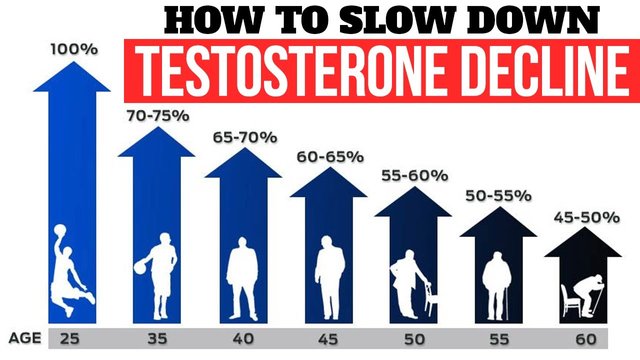
Yes, someone can have high total testosterone levels but still experience symptoms of low testosterone, a condition sometimes referred to as relative androgen deficiency (RAD) or functional hypogonadism.
Understanding Testosterone:
There are two main ways to measure testosterone in the blood:
Total Testosterone:
- This measures all testosterone circulating in the blood, including bound and free testosterone.
Free Testosterone: - This measures only the unbound or "active" testosterone available to bind to cells and exert its effects.
The Key is Free Testosterone:
While total testosterone levels might be high, the amount of free testosterone available for cellular activity could be low. This can be due to several factors:
Sex Hormone Binding Globulin (SHBG): - SHBG is a protein in the blood that binds to testosterone, rendering it inactive. High SHBG levels can lead to high total testosterone readings but less free testosterone available.
Age: - As men age, SHBG levels naturally decrease, but testosterone production also declines. This can create a situation where total testosterone might appear high due to less binding, but free testosterone is still low due to reduced production.
Certain Medications: - Some medications can interfere with testosterone metabolism or decrease its bioavailability.
Obesity: - Excess body fat can convert testosterone into estrogen, leading to lower levels of free testosterone.
Symptoms of RAD despite High Total Testosterone:
Even with high total testosterone readings, someone with low free testosterone can experience symptoms like: - Low libido
- Erectile dysfunction
- Fatigue
- Decreased muscle mass
- Increased body fat
- Difficulty concentrating
- Mood changes
Diagnosing RAD:
A doctor will consider various factors to diagnose RAD: - Symptoms
- Medical history
- Physical examination
- Blood tests for total and free testosterone, SHBG, and other hormones.
Treatment:
Treatment for RAD depends on the underlying cause and might involve:
Lifestyle changes: - Weight loss, exercise, and stress management can improve testosterone levels.
Testosterone replacement therapy (TRT): - This might be prescribed in some cases to increase free testosterone levels. However, TRT comes with its own risks and side effects, so careful monitoring by a doctor is crucial.
Note: - Early diagnosis and proper management can help improve symptoms and overall well-being.